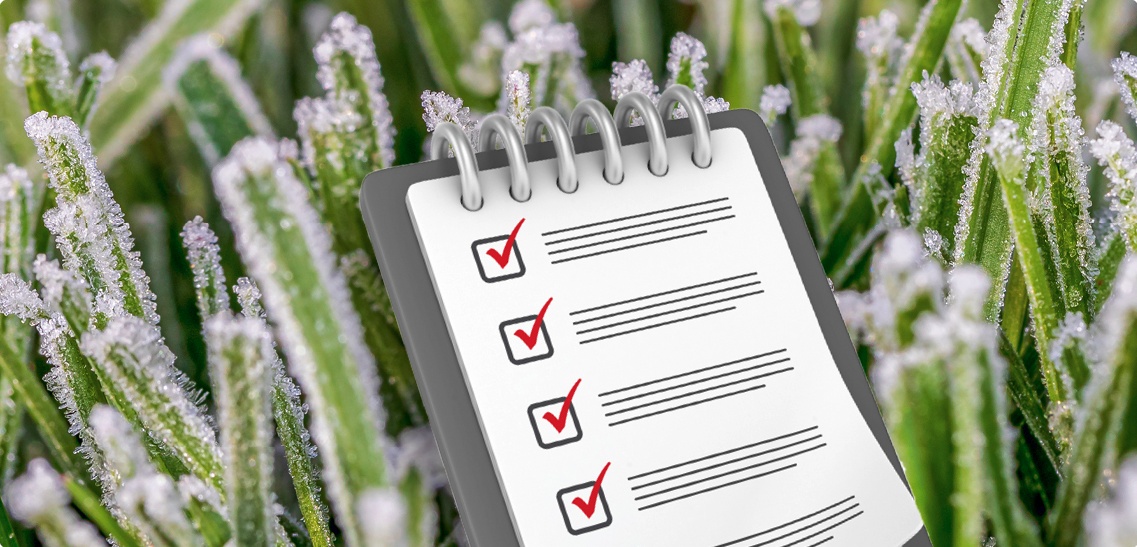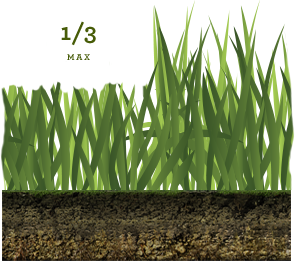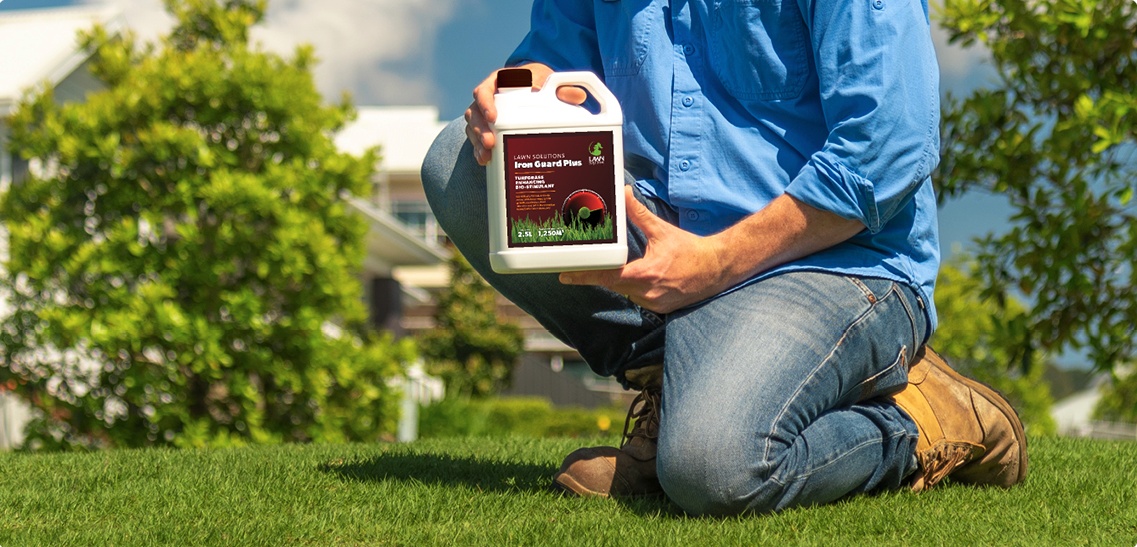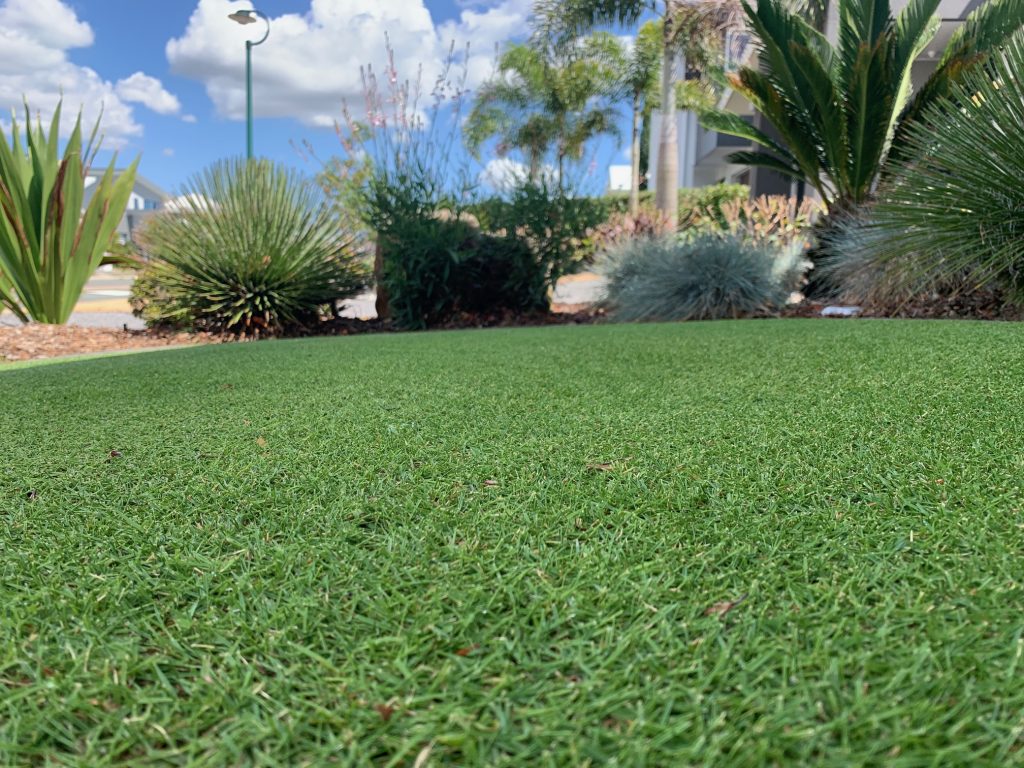As the temperature drops and the days get shorter, it’s time to start thinking about preparing your lawn for the winter months ahead. In this blog, we will take you through a step-by-step winter lawn care checklist.
Should I Fertilise My Lawn?
A fertiliser application will help give your lawn a final boost before the cooler temperatures set in. This will help your lawn recover from any stresses caused over the warmer month and can help extend your lawns colouring heading into winter.
If the temperatures are still warm in your location, you can still use a granular fertiliser like our Lawn Solutions Premium Fertiliser. However, if the temperatures have already started to cool, you are best off using a liquid fertiliser like Exceed, as it will be absorbed quickly by the leaf of the grass.
How Regularly Should I Be Mowing My Grass?
As temperatures start to decline, your lawn will slowdown in growth. Although growth will slow, it is best to ensure you don’t stop mowing and follow the one-third rule.
What is the one-third rule? This is how much of the leaf you should remove when mowing. If more than one-third of the leaf is removed, it can cause stress to the lawn, and scalping can occur. So, by removing no more than one-third, the grass will stay healthy and won’t become stressed.
What Can I Use to Stop Lawn Weeds?
If weeds are growing in your lawn, it is best to get on top of them before the cooler temperatures set in. The type of weed will change what products you should use to remove them, so it is best to know what kind of weed you have before looking at products.
For common broadleaf weeds like Clover, Bindii, Oxalis, Cudweed and Catsear, we recommend using a broadleaf herbicide like All Purpose Weed Control or Amgrow Bin Die. The All Purpose Weed Control comes in an easy-to-use hose-on bottle that sprays out the product. The Amgrow Bin Die comes in a concentrate that needs to be mixed with water and applied through a knapsack or sprayer.
If you are unsure what weed you have growing in your lawn, check out our blog here.
What Is a Pre-Emergent Herbicide?
Pre-emergent herbicides target weed seeds before the weed grows and is visible in your lawn. They create a barrier at the soil level, affecting the germination of any new seedlings. This type of herbicides is great to use, particularly if your lawn faces seasonal weeds like Winter Grass.
When applying pre-emergents like Oxafert it is best to time your application as the temperatures start to cool in your area. For most regions, this will be in mid to late Autumn.

Should I Use Iron on My Lawn?
Heading into winter, you can look at using an iron-based product to help extend and improve your lawns colour both heading into and throughout the cooler months. Iron products can also be used to help strengthen your grass.
If you want to use an iron-based product heading into winter, we recommend using Iron Guard Plus.
As always, if you have any more questions please don’t hesitate to contact us for free expert advice on 1800ALLTURF (1800255873) or 07 5543 8304.











